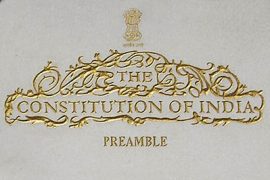Greek marble, Italian masonry, Indian money and an Iranian religion. The Baha’i Lotus Temple in Delhi exemplifies the potential for a global world to create lasting monuments. Few buildings built in the 20th and 21st century in India are as evocative as the Lotus Temple – a facet of its Expressionist architecture.
A nine-sided structure comprised of 27 marble leaves, resting in concentric waves upon each other to create the image of a lotus. The nine outer leaves demarcate the nine entrances to the temple, and serve as a roof for the supporting spaces. The inner leaves converge to form the main structure.
I tried to study, with detachment, the temples of India so that I might imbibe the maximum from the rich Indian culture.
Fariborz Sahba, the Canadian-Iranian architect behind the temple, travelled the length and breadth of India in search of inspiration for the temple. After a point, the lotus stood out to him wherever he went – from the prompting of Baha’i friends to the inscriptions in the caves of Ellora and Ajanta.
Copyright©Madras Courier, All Rights Reserved. You may share using our article tools. Please don't cut articles from madrascourier.com and redistribute by email, post to the web, mobile phone or social media.Please send in your feed back and comments to [email protected]











